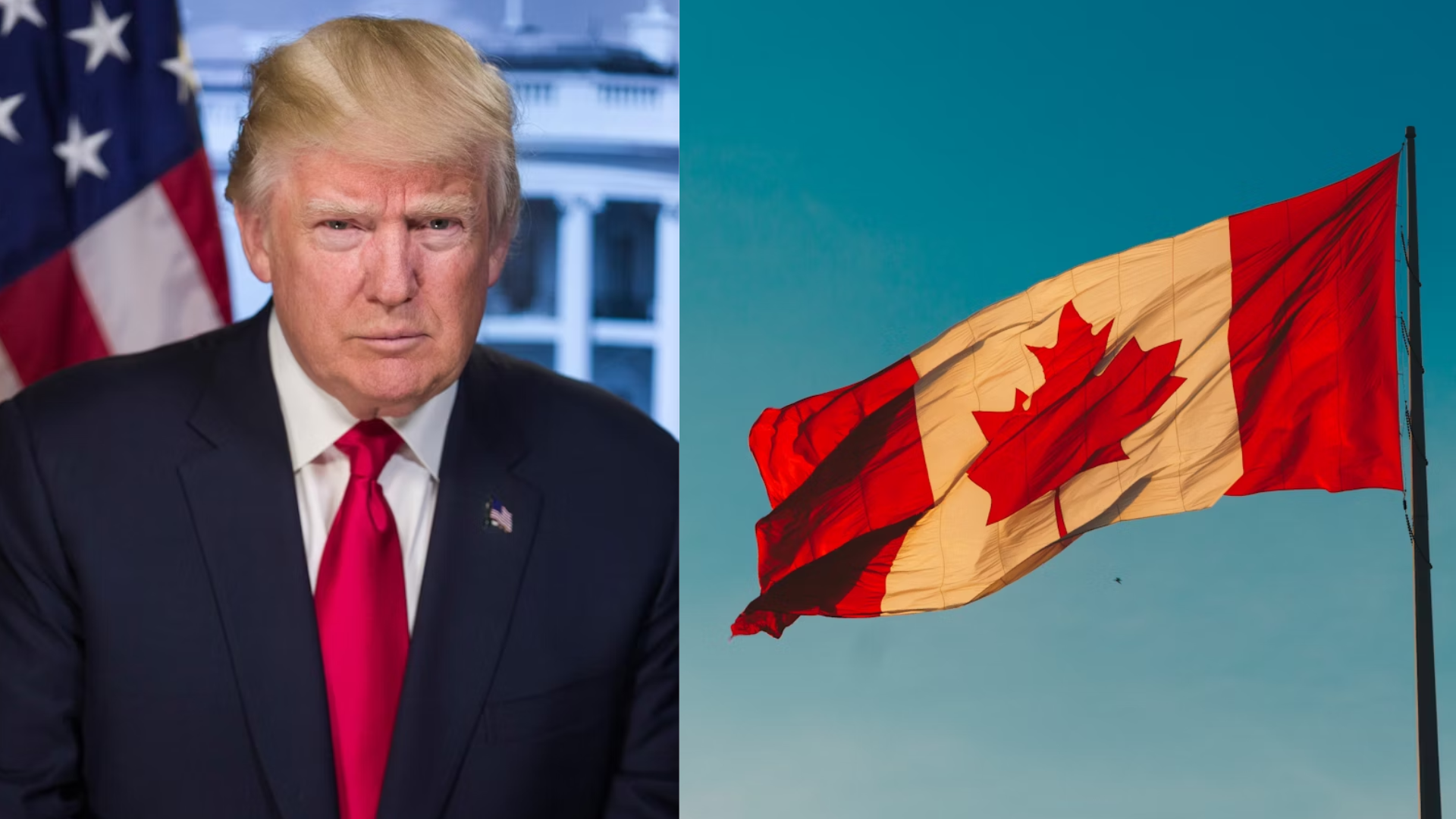The euro slipped against the U.S. dollar, falling below 1.0450, as investor concerns grew following former President Donald Trump’s latest comments on trade tariffs. Markets reacted swiftly to the possibility of higher import duties, which could impact global trade flows and weigh on the eurozone economy.
Trump’s remarks reignited fears of a potential trade war, particularly if the U.S. were to impose tariffs on European goods. Investors remain wary of any policy shifts that could disrupt transatlantic trade, especially given the fragile economic recovery in Europe. The uncertainty surrounding future tariff policies has led traders to favor the U.S. dollar as a safe-haven asset, putting additional pressure on the euro.
The greenback also gained strength due to hawkish signals from the Federal Reserve, reinforcing expectations of prolonged higher interest rates. While inflation remains a concern in the U.S., steady economic data has strengthened the case for a firm monetary policy stance, boosting demand for the dollar. Meanwhile, the European Central Bank faces challenges as it navigates economic headwinds, with rate expectations diverging between the two regions.
Market analysts warn that further declines in the EUR/USD pair could trigger technical selling, pushing the currency pair toward fresh multi-month lows. Short-term sentiment is expected to remain bearish unless new economic data or central bank interventions shift the outlook.
Political risks are also playing a role in market volatility, with Trump’s influence on trade policy remaining a key factor. Should the former president pursue aggressive tariff measures if re-elected, the impact on Europe’s export-driven economy could be significant, potentially further weakening the euro.
For now, traders are closely monitoring any updates on U.S. trade policy and European economic indicators. EUR/USD remains under pressure, with global investors adjusting positions in response to evolving political and economic risks.
















